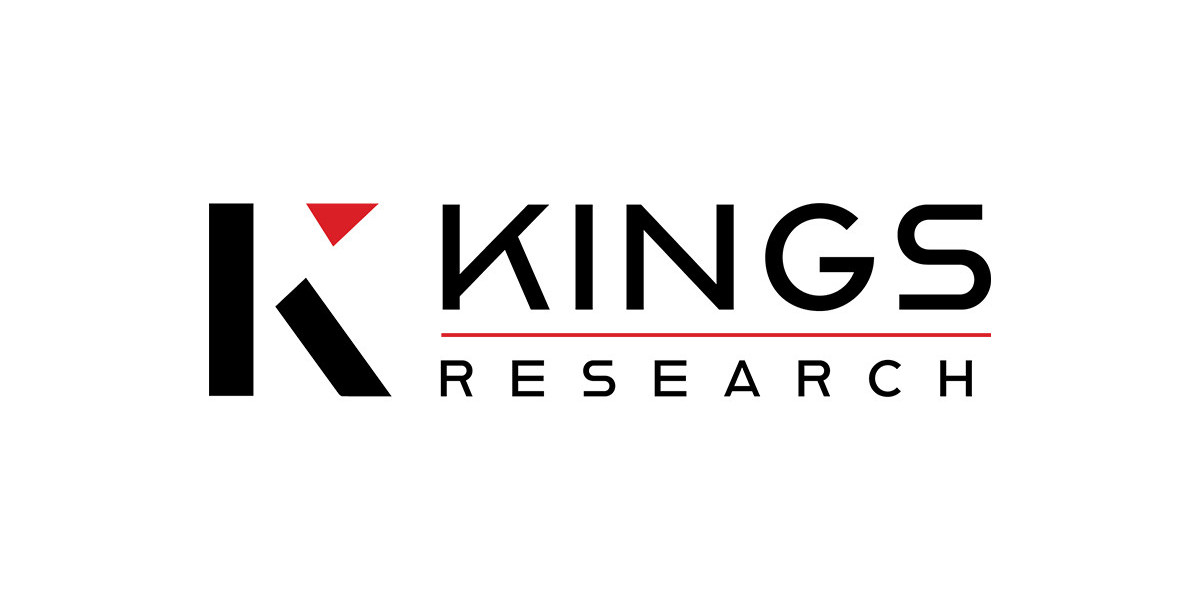Europe, as one of the world’s largest economic regions, plays a significant role in global trade, with imports forming a crucial part of the continent's supply chains. From raw materials to finished goods, Europe imports a wide range of products from various parts of the world to meet the demands of its consumers, industries, and businesses. In this article, we will explore the key aspects of imports to Europe, including the most imported goods, trading partners, the economic impact of imports, and future trends in European trade.
1. An Overview of European Imports
Europe, with its diverse economy and integrated internal market, is one of the largest importers of goods globally. The European Union (EU), which includes 27 member states, is responsible for a significant portion of the continent's imports. As of 2023, the EU was the second-largest importer of goods worldwide, just behind the United States.
The EU's internal market allows for the free movement of goods, services, capital, and people. This means that once goods are imported into any EU member state, they can move freely across borders within the EU. This free trade framework enhances the overall efficiency and flow of goods within Europe and globally.
2. Key Imports to Europe
The types of goods that Europe imports vary widely, reflecting the continent's diverse industries, consumer preferences, and technological advancements. Below are some of the most important categories of imported goods:
a) Energy Products
- Oil and Natural Gas: Europe is heavily reliant on imports of energy products, particularly crude oil and natural gas. Russia was historically one of Europe's largest suppliers, but the geopolitical tensions resulting from the Ukraine conflict have led to a reevaluation of energy imports. The EU has been diversifying its energy sources by importing more liquefied natural gas (LNG) from countries like the United States, Qatar, and Algeria.
- Coal and Electricity: Although Europe has significantly reduced its reliance on coal in recent years, imports of coal and electricity remain crucial, particularly for countries with high energy consumption or those without sufficient renewable energy resources.
b) Machinery and Transport Equipment
- Automobiles: Europe is a major importer of vehicles, particularly luxury cars and electric vehicles (EVs) from countries like Japan, the United States, and South Korea. The EU’s automotive industry is one of the largest in the world, but it also imports high-end models and specialized vehicles.
- Industrial Machinery: Europe imports a significant amount of industrial machinery and equipment, which supports its manufacturing sector. These goods are vital for maintaining the competitiveness of industries such as aerospace, chemicals, and electronics.
c) Electronics and Consumer Goods
- Computers and Telecommunication Equipment: The EU imports large quantities of electronic goods, including smartphones, laptops, and communication equipment, primarily from China, South Korea, and the United States. The growing demand for tech products and advancements in digital infrastructure contribute to the high volume of these imports.
- Consumer Goods: Imported goods such as clothing, footwear, and home appliances also make up a significant portion of Europe’s imports. These goods mainly come from countries like China, Bangladesh, India, and Turkey.
d) Agricultural Products
- Food and Beverages: Europe imports a wide variety of agricultural products, including fruits, vegetables, coffee, tea, and spices. Key suppliers include countries in Latin America, Africa, and Asia. The EU is also a major importer of wine, particularly from countries like Argentina and Chile.
- Raw Materials for Food Production: Europe imports significant quantities of raw materials used in food processing, such as soybeans, corn, and palm oil. These products primarily come from Brazil, the United States, and Southeast Asia.
3. Key Trading Partners of Europe
Europe’s import patterns are shaped by its relationships with key global trading partners. The continent has well-established trade agreements, both within the EU and with countries outside the union. Here are some of the major trading partners for imports to Europe:
a) China
China is one of Europe's largest import partners, supplying a wide range of goods, from electronics and machinery to textiles and consumer products. The EU’s trade relationship with China is a crucial component of its overall import strategy, although it is also a source of concern due to trade imbalances and geopolitical tensions.
b) United States
The U.S. is another significant trading partner, particularly in the importation of machinery, aircraft, chemicals, and high-tech products. The strong economic ties between the U.S. and Europe are underpinned by historical relationships and similar market economies.
c) Russia
While Russia has traditionally been a key supplier of energy products (oil, gas, and coal) to Europe, the geopolitical situation has led to a shift in Europe’s energy imports, particularly after the invasion of Ukraine. Despite this, Russia remains a critical trading partner for other commodities like metals and timber.
d) Norway and the Middle East
Norway supplies significant amounts of natural gas and oil to Europe, while countries in the Middle East, including Saudi Arabia and the UAE, provide Europe with energy, petrochemicals, and certain food products.
e) Other EU Member States
Intra-EU trade plays a vital role in European imports. Goods that are produced within the EU are often traded between member states, especially in industries like automotive, chemicals, and food production.
4. Economic Impact of Imports on Europe
Imports are essential to Europe's economic health, as they provide the raw materials, components, and finished products necessary for industrial production, consumption, and innovation. The economic impact of imports on Europe can be seen in several key areas:
a) Supporting Domestic Industries
European manufacturers depend on imported raw materials and intermediate goods to produce finished products. This supply chain dependency supports industries ranging from automotive and aerospace to pharmaceuticals and construction.
b) Consumer Choice and Price Stability
Imports increase consumer choice and promote competition in European markets, which can help drive down prices and improve product quality. The availability of imported goods also helps stabilize the supply of essential products like food and electronics.
c) Trade Balance and Global Relations
Europe's trade balance with the rest of the world is a critical issue. While the EU imports more than it exports, it maintains a strong global presence in sectors like high-end manufacturing, technology, and services. Trade agreements, such as those with countries like Japan and Canada, help to balance trade and ensure that Europe remains competitive on the global stage.
5. Future Trends in European Imports
Several key trends are likely to shape the future of imports to Europe:
a) Green Transition and Sustainability
As Europe moves towards a greener and more sustainable economy, imports of renewable energy technologies, electric vehicles, and sustainable goods are expected to increase. The EU's Green Deal and other environmental initiatives will likely boost demand for cleaner energy products, eco-friendly goods, and low-carbon technologies.
b) Supply Chain Resilience
The COVID-19 pandemic and ongoing geopolitical tensions have highlighted the vulnerability of global supply chains. European businesses are expected to prioritize supply chain resilience, potentially leading to changes in the sources and logistics of imports.
c) Digitalization and E-Commerce
Digitalization is transforming the way goods are imported into Europe. E-commerce platforms and digital supply chains are likely to continue growing, enabling European consumers and businesses to access products from global markets with increasing ease.
Conclusion
Imports to Europe are integral to the region’s economic structure and lifestyle. The continent relies on a wide array of goods from various regions, including energy, electronics, machinery, food, and raw materials. The trade relationships Europe maintains with countries like China, the United States, and Russia shape its import patterns, while intra-EU trade continues to be a vital aspect of the economy.


